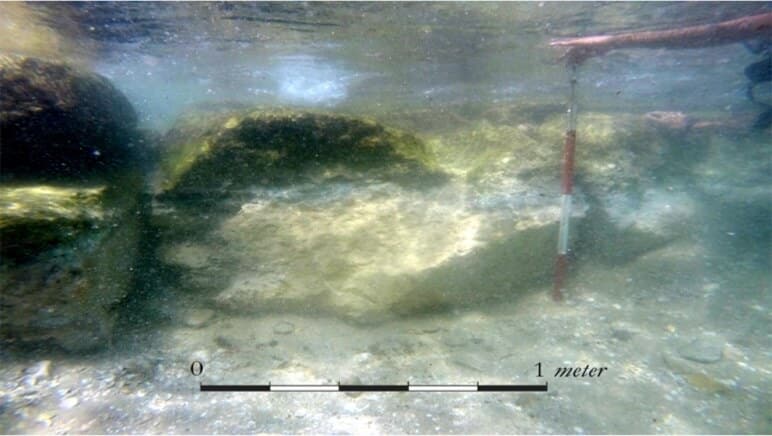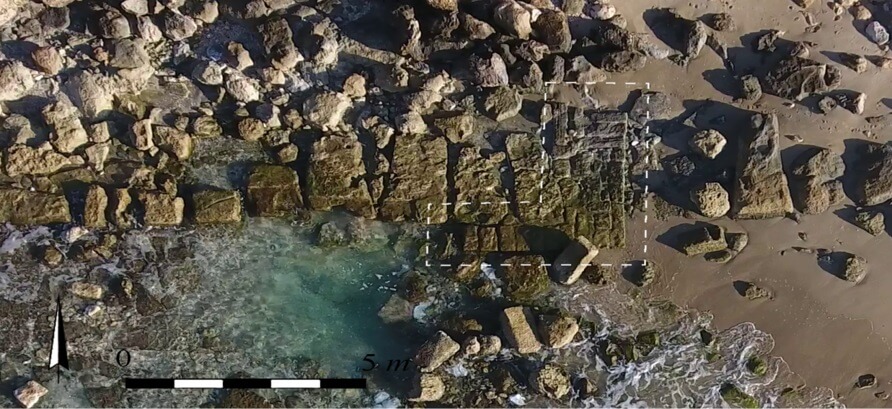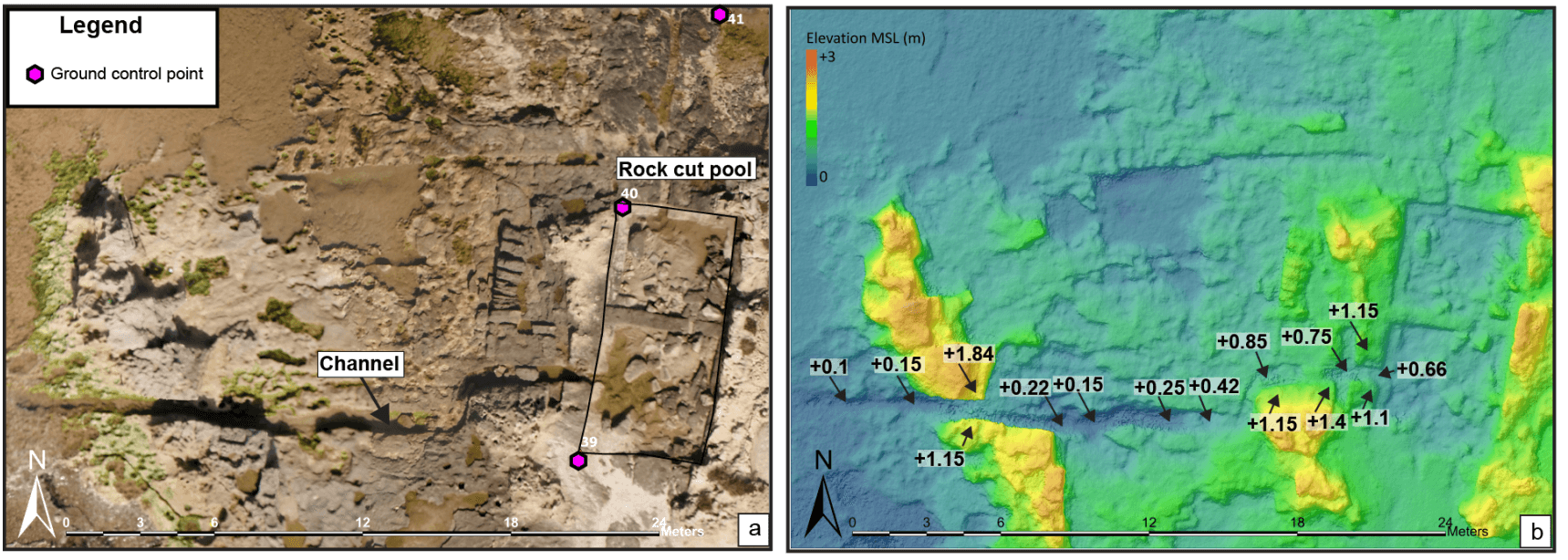This is according to a new international study led by the University of Haifa and the University of San Diego *"Think of an increase of two meters that occurs within 200 years today. The beach in Tel Aviv has disappeared, parts of the city are flooded, all coastal cities are suffering from flooding, loss of buildings on the beach and salting of wells. This is what happened to the residents of the area two thousand years ago," said Prof. Assaf Yasseur Landau

A drastic rise of two meters in sea level in a short period of about 200 years: this is what happened to the Israeli coastline about 2000 years ago, in the transition between the Hellenistic and Roman periods, according to a new study by an international team of researchers led by researchers from Haifa University and Sun University Diego and published in the journal Plos One. This is the first time that evidence of such a drastic increase in such a short period of time has been discovered in the historical period. "Think of an increase of two meters occurring within 200 years today. The beach in Beth Aviv has disappeared, large parts of the city are flooded, all coastal cities are suffering from severe flooding. From the findings we found, this is what happened to the residents of the area two thousand years ago," said Prof. Assaf Yasseur Landau, head of the Haifa University's Reknati Institute of Marine Studies, one of the leaders of the research.
Rapid sea level rise

The study tried to trace the impact of rising sea levels on the coastal cities in ancient times, and the processes of loss of marine and coastal infrastructure due to rising sea levels, with the researchers focusing on excavations mainly at Tel Dor, a port city that existed from the Middle Bronze Age, about 1,800 years BC, to For the Roman period in the Land of Israel, about 200 years AD. The researchers, from the University of Haifa, the University of San Diego, the University of Bologna and the Italian National Volcanic Institute for Geophysics, examined many buildings in the port city - above and below sea level.
Their findings revealed that while in a period of 700 years, from the Middle Bronze Age to the end of the Hellenistic period, the sea level rose by about half a meter - an acceptable and recognized increase - in the period of about the last 200 years BC there was a sharp and unusual increase of about two meters. "We do not know such an increase in the historical period. This is an increase that is only recognized when talking about the end of the ice age and the great melting of glaciers. Today, when talking about the danger of global warming and climate change, the moderate forecasts are for an increase of about one meter by the end of the 21st century. And here, we find an increase more than twice the dangerous increase we are talking about today," said Prof. Thomas Levy from the University of California, San Diego, who participated in the study. Prof. Dorit Sion, a partner in leading the research, also from the Recanti Institute of the University of Haifa, added, "This is the first study that examines sea level changes from the Iron Age to the present day in our region, a period for which until now there was almost no evidence of sea level changes."
The entrance gate to Port Dor is submerged in the sea

Prof. Yassur Landau explains what that drastic rise looked like: "We found underwater the base of the wall and the sea gate of Dor during the Iron Age, which certainly should have been on dry land. This means that when they were built the water level was low compared to today. In contrast, a pool connected to the sea from the Roman period, continues to receive water from the sea even today, and reflects a water level similar to that of today, about two meters high," he explained. than those in the Roman period, so the rise between the periods was rapid."
From historical and archaeological evidence, researchers know that several Hellenistic coastal cities in the Land of Israel experienced decline or even abandonment in the transition between the end of the Hellenistic period and the transition to the Roman period, around 30 BC. "We saw similar evidence of decline in Acre and other Hellenistic coastal cities, and we hypothesize that the residents of the period, seeing whole buildings gradually being covered by water, recognized the rapid rise in sea level, but in many cases were unable to adapt to the new conditions successfully," says D. Rabbi Gil Gambash, a historian from the University of Haifa who participated in the research.
As mentioned, to this day such a phenomenon is not known in the recorded history of such a drastic increase in such a short time. According to the researchers, it is difficult to know what were the reasons that caused the unusual phenomenon. "Despite the Law of Combined Vessels, sea level rise is not necessarily similar even in nearby areas. In the face of this drastic increase, there may have been coastlines in other places that actually experienced a large drop in the level. At this point, we do not have a special event that can explain the phenomenon to us - but its meaning is clear: the geography, the economy, the length of life - all of these changed from end to end in this relatively short period of transition between the Hellenistic and Roman periods in the Land of Israel", concluded the researchers.
More of the topic in Hayadan:
- Discovery of Prehistoric Baby Bottles Shows Babies Were Fed Cow's Milk 5,000 Years Ago
- The Dead Sea records global climate changes in the last 200 thousand years
- Researchers: It is advisable to make an orderly withdrawal from the coastal areas because of the warming
- The representative of future generations
- The salt harvest...

4 תגובות
So wait, isn't it really global warming? But does it happen every few years in some kind of cycle?
Does the sea rise and fall every few years?
Where was Greta?
The Law of Interlocked Vessels does not explain this anomaly, meaning that the sea level did not rise. So it's about the subsidence of the ground.
Does their research address this?
Their conclusion is obscure with respect to combined tools.
They didn't have a leader of Joe Biden's stature in those days to stop the catastrophe.